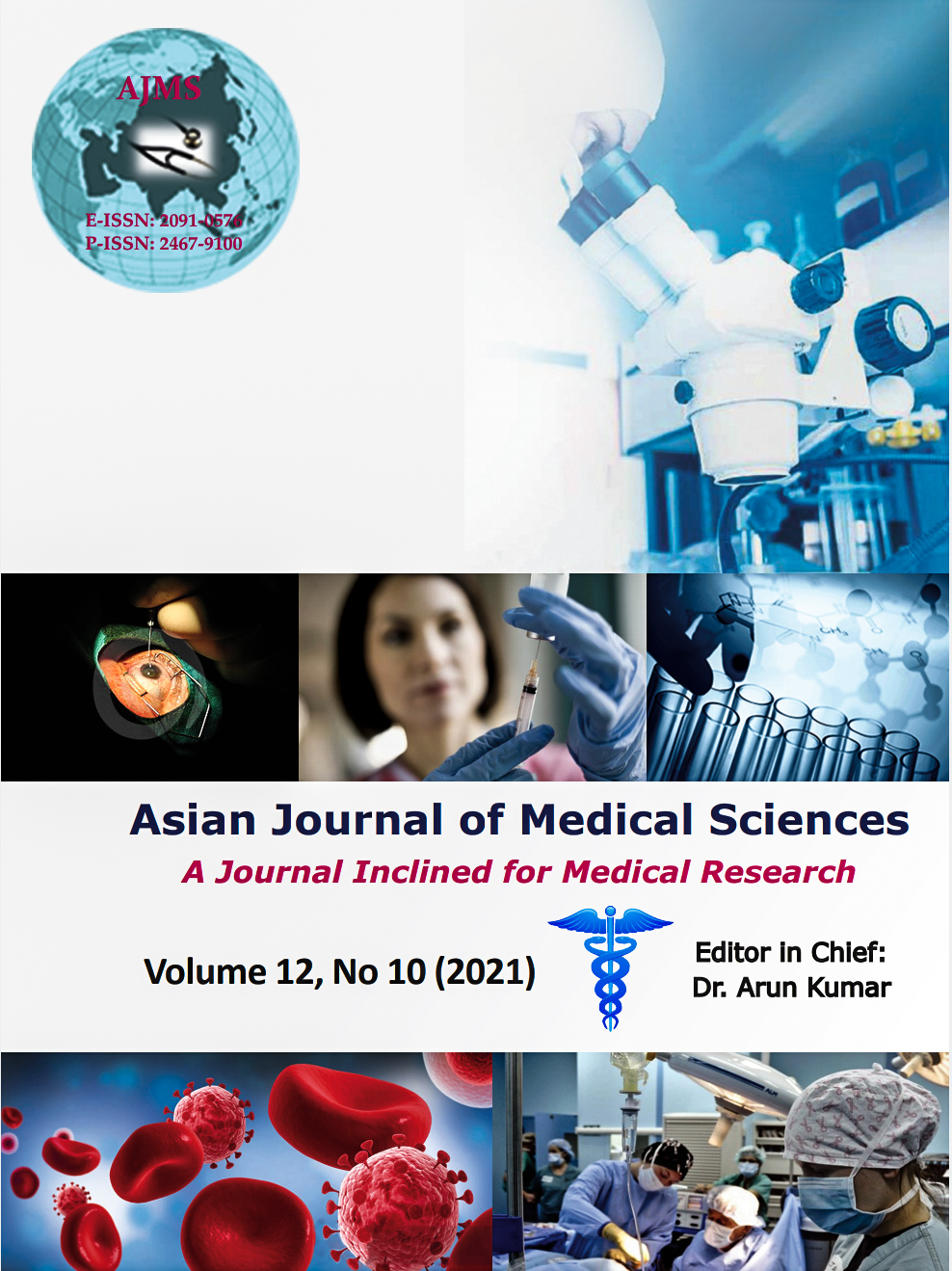Ultrasonographic study of comparison of prostate volume and post void residual urine with age in north Indian population
Keywords:
Post void residual urine volume, Bladder outflow obstruction, Lower urinary tract symptoms, Benign prostate hypertrophyAbstract
Background: As men’s life expectancy increases, benign prostatic hyperplasia (BPH) is the significant cause of morbidity. BPH generally involves the central region of the prostate which gradually enlarges. Due to the central hypertrophic change of prostate the urethra is compressed and urinary outflow obstruction develops. Predictive risk factors associated with chance of developing urinary retention includes age, symptoms, urinary flow rate and prostate size. Estimation of accurate intravesical, residual urine has significant importance and serves as an index of adequacy of bladder emptying.
Aims and Objectives: The study aimed to measure the post void residual urine volume with age in Prostate outflow obstruction and compare the prostate volume and post void residual urine with age by ultrasonography.
Materials and Methods: The present study was performed in 100 patients. Transrectal ultrasonography was performed using 7.5 MHZ transrectal probe. Prostate volume was calculated with the help of inbuilt software, by measuring 3 dimensions of prostate in transverse and longitudinal sections. Transabdominal suprapubic ultrasound was done to measure post void residual urine.
Results: It was seen that in the lower age groups, the prostate size was smaller, while in the higher age group it was higher (p>0.001). Minimum post void residual urine was seen in age group of 40-49 years (3.42 -+2.23ml). while maximum mean value was seen in the 70-79 years of age. Statistically a significant difference in mean was seen among different age groups (p<0.001).
Conclusion: There is a significant correlation between age and post void residual urine volume and prostatic volume. The present study showed that PVRUV is a novel accurate non-invasive test for predicting prostate biopsy
outcome that can easily be used by clinicians, alone or in combination with Prostate Volume in the decision-making for treatment.
Downloads
Downloads
Published
How to Cite
Issue
Section
License
Copyright (c) 2021 Asian Journal of Medical Sciences

This work is licensed under a Creative Commons Attribution-NonCommercial 4.0 International License.
Authors who publish with this journal agree to the following terms:
- The journal holds copyright and publishes the work under a Creative Commons CC-BY-NC license that permits use, distribution and reprduction in any medium, provided the original work is properly cited and is not used for commercial purposes. The journal should be recognised as the original publisher of this work.
- Authors are able to enter into separate, additional contractual arrangements for the non-exclusive distribution of the journal's published version of the work (e.g., post it to an institutional repository or publish it in a book), with an acknowledgement of its initial publication in this journal.
- Authors are permitted and encouraged to post their work online (e.g., in institutional repositories or on their website) prior to and during the submission process, as it can lead to productive exchanges, as well as earlier and greater citation of published work (See The Effect of Open Access).




